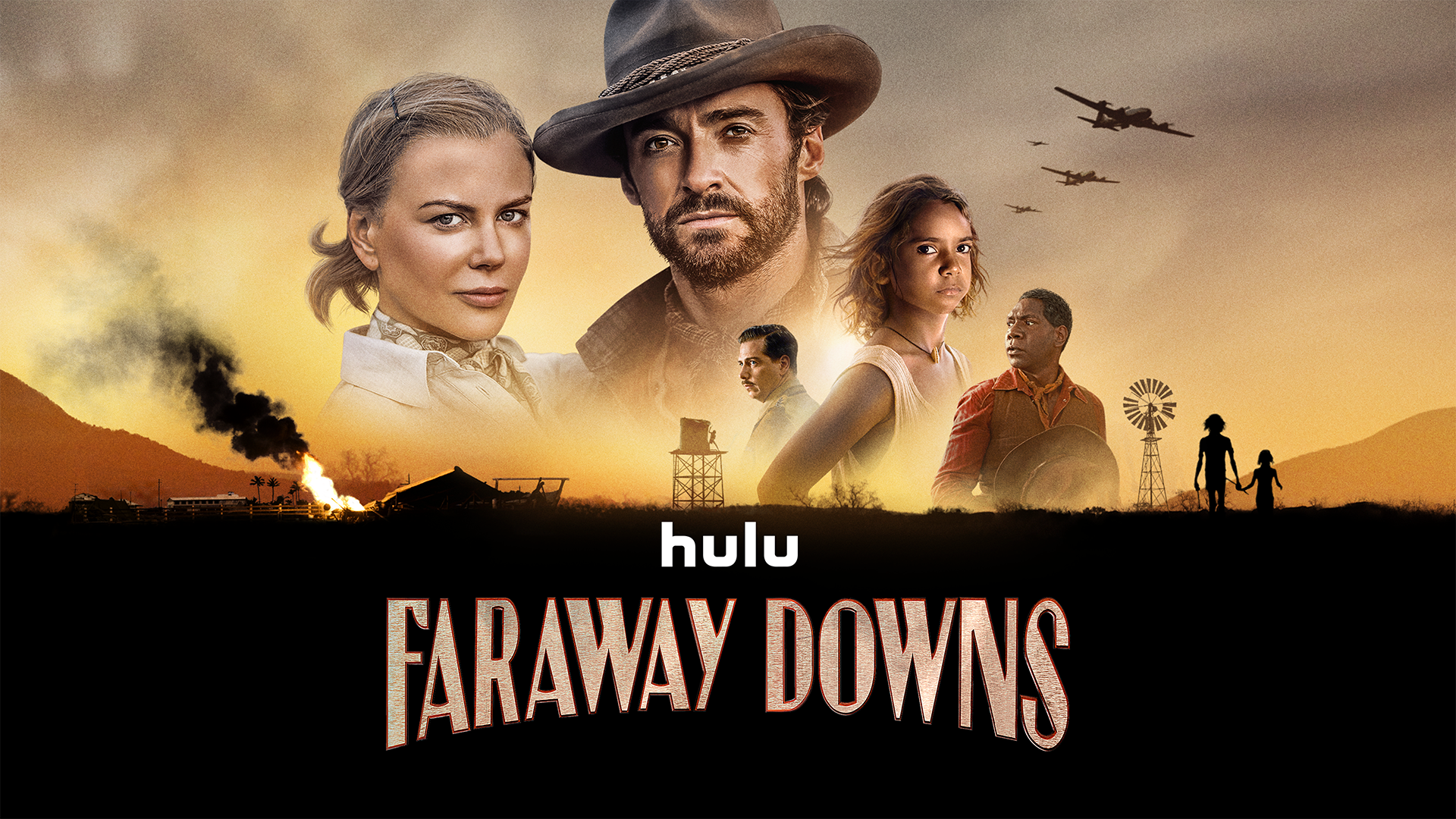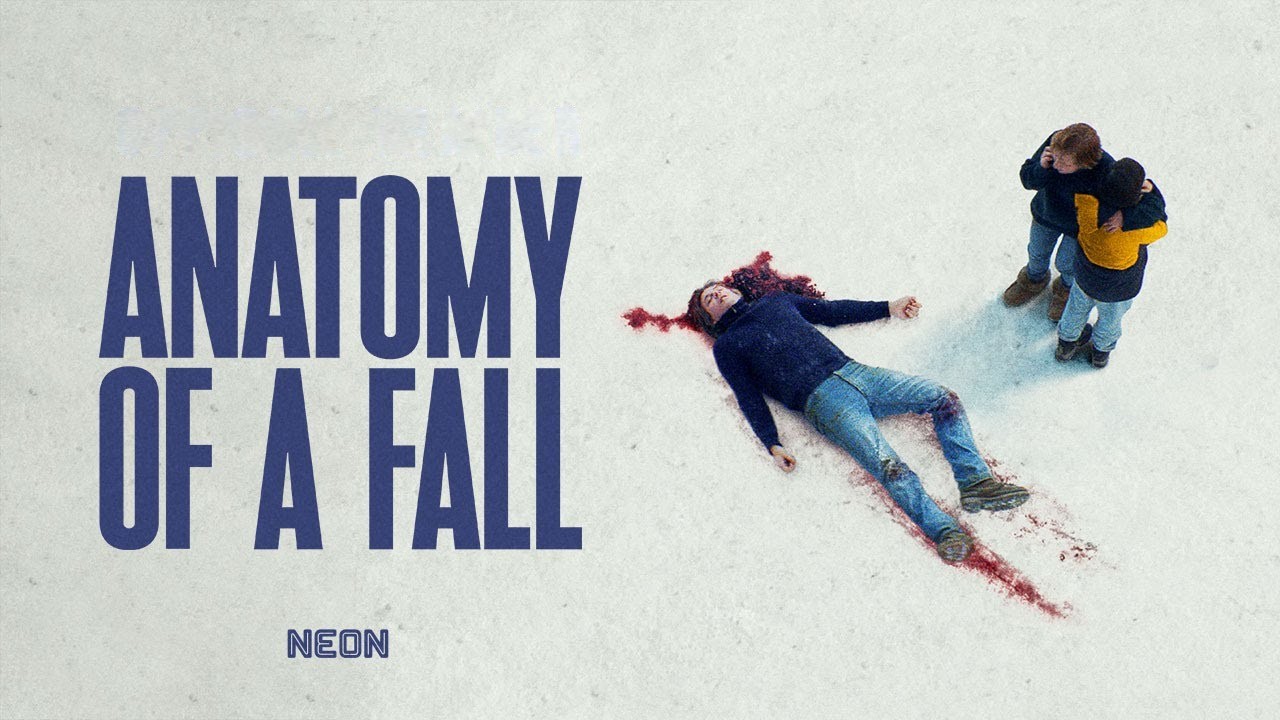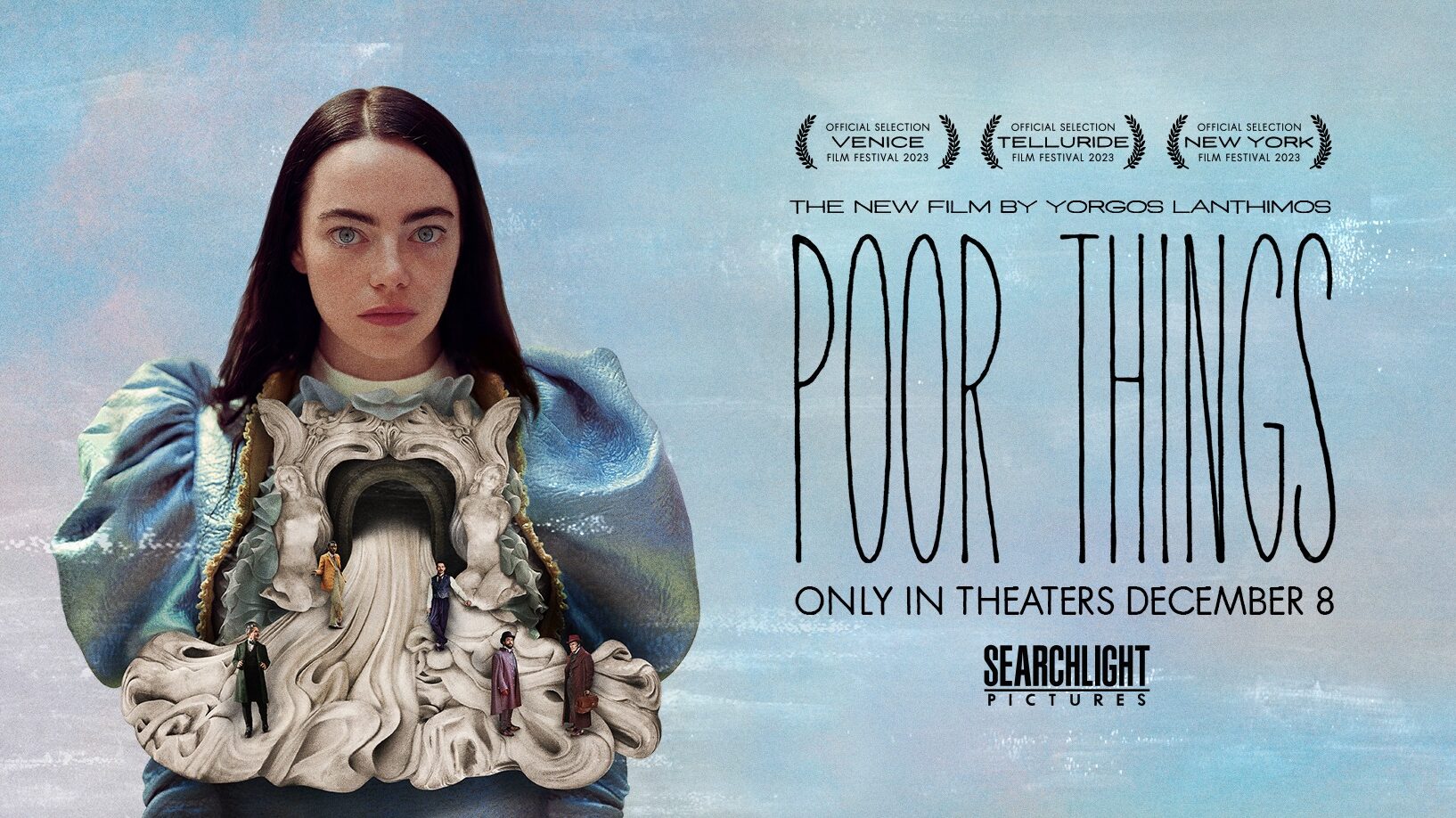Society of the Snow
Susan Granger’s review of “Society of the Snow” (Netflix)
Oscar-nominated “Society of the Snow” is Spain’s entry for Best International Film at this year’s Academy Awards. J.A Bayona’s true-life survival tale centers on the 19 members of a Uruguayan rugby team that set off from Montevideo for Santiago, Chile, and was stranded in the snow-covered Andes for 72 days.
Told primarily from the perspective of rugby player Numa Turcatti (Enzo Vogrincic Roldan), their ordeal begins on October 13, 1972, when poor weather conditions forced Uruguayan Air Force Flight 571 to land in Mendoza, Argentina, overnight.
The following morning – about an hour after takeoff – the propeller-driven Fairchild with two engines went into a steep climb in the midst of a blinding blizzard and crashed on a glacier in the Andes mountains.
Of 45 people aboard, 12 died immediately, including the pilot. Eagerly awaiting rescue, survivors create a shelter out of the plane wreckage, scavenging all the food they could find and beginning to ration it out.
But – 10 days later – they hear on the radio that the search-and-rescue mission has concluded. Their reaction is desperate as hopelessness threatens. They felt trapped, abandoned, betrayed and totally isolated in one of the world’s toughest environments..
Their eventual rescue utilized archival photos for authenticity, particularly the famous 60-millieter shot of the fuselage from the hovering helicopter.
Adapting Pablo Vierci’s 2009 book and interviews with survivors, Bayona and screenwriters Nicolas Casariego, Jaime Marque, and Bernat Vilaplana, along with cinematographer Pedro Luque, are perhaps more sensitive, yet brutally honest about the essential humanity and harsh physicality of the situation that led to cannibalism.
If the flesh-eating plot seems familiar, it was previously the basis of Frank Marshall’s “Alive” (1993), starring Ethan Hawke, along with several documentaries and TV series, including “Yellowjackets.”
FYI: Filming took place in Spain’s Sierra Nevada mountains where the crash was authentically recreated.
On the Granger Gauge of 1 to 10, “Society of the Snow” is an intense, survivalist 7, streaming on Netflix.
Society of the Snow Read More »










